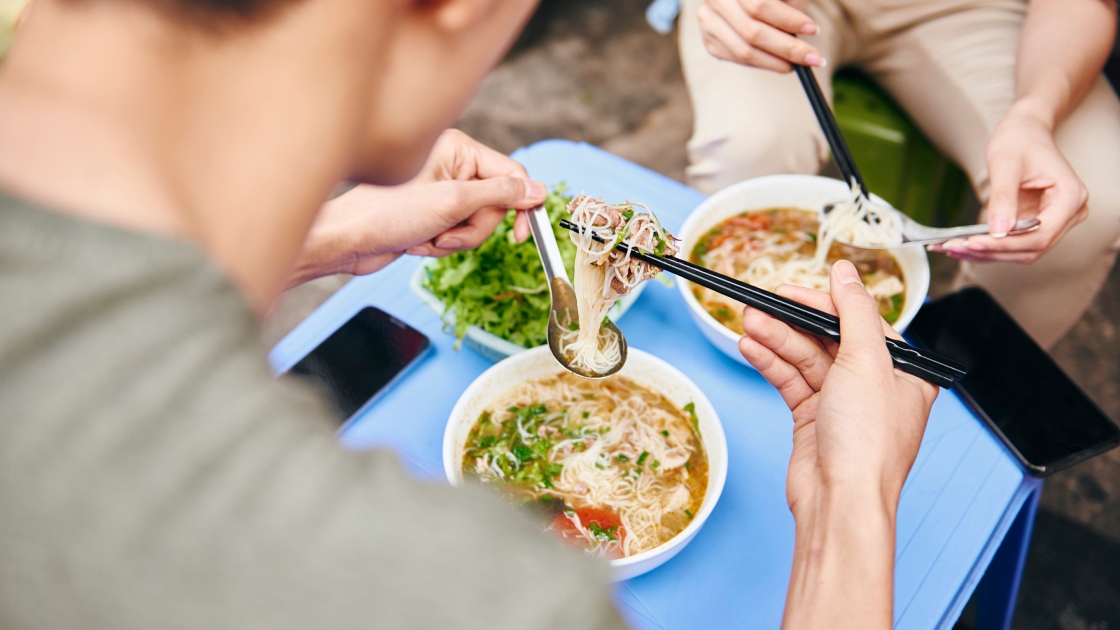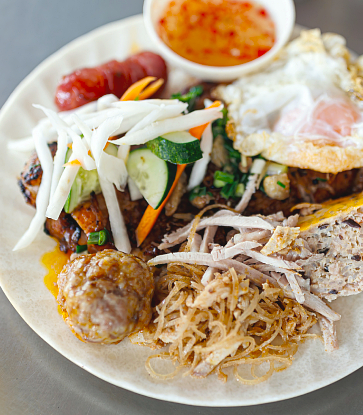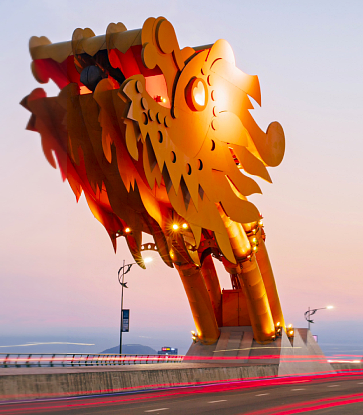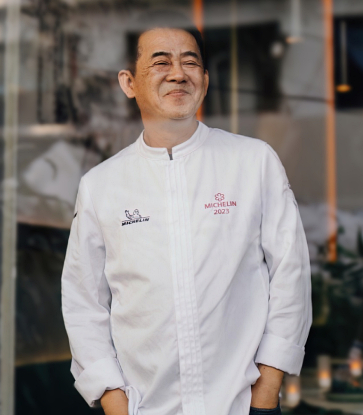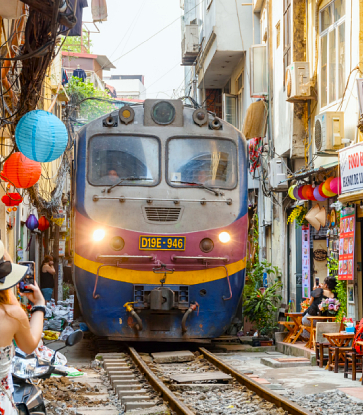Introduced by the French in the mid-19th century, coffee in Vietnam has weathered the tides of history, evolving into a cornerstone of Vietnamese culinary heritage. Today, the phrase "going for coffee" encompasses not just the act of enjoying a cup, but also the camaraderie of meeting friends or diving into work.

Iced milk coffee: Vietnam's iconic coffee
Vietnam's iced milk coffee (ca phe sua da or cà phê sữa đá) is a real gem among Vietnamese coffee treats. This classic drink is made by letting ground coffee slowly drip through a filter into a glass filled with sweetened condensed milk and ice. The blend of flavours, mixing the bold bitterness of coffee with the rich sweetness of condensed milk, is what makes iced milk coffee a hit with coffee lovers.Originating from the bustling streets of Saigon, this iconic brew has traversed from roadside stalls to finding its place in the menus of five-star establishments. Today, iced milk coffee has become a staple offering of Vietnamese restaurants worldwide, serving as a beloved accompaniment to the country's rich culinary heritage.
During your trip to Vietnam, you can savour this iconic beverage at esteemed restaurants such as Rice Field, Vietnam's House, Senté (Nguyen Quang Bich Street), or Ngon Garden.

Bac xiu: A coffee blend from three cultures
Crafted by the Chinese residing in Chinatown Saigon during the early 20th century, bac xiu (bạc xỉu) emerges as a captivating testament to Saigon's rich culture, blending influences from Chinese, Vietnamese, and French traditions.Legend has it that because the bold bitterness of black coffee and milk coffee was challenging for women and children unaccustomed to its taste, the Chinese came up with an innovative solution. They modified the traditional milk coffee recipe, adjusting the coffee-to-milk ratio to make it more palatable. Getting the balance right in bac xiu is key; too much milk makes it overly sweet, while too much coffee makes it too bitter.
Try this authentic taste of bac xiu by booking your breakfast at Backstage in Capella Hanoi or Fashionista Cafe in Ho Chi Minh City.

Egg coffee: Hanoi’s coffee marvel
Egg coffee (ca phe trung or cà phê trứng) emerges as a beacon of innovation amidst wartime scarcity. In the 1940s, as sugar and milk prices soared, Mr. Giang, the founder of Giang Cafe in Hanoi, turned to egg yolks, inspired by his experiences at the Metropole Hotel (presently Sofitel Legend Metropole Hanoi) and the allure of cappuccino. This ingenious substitution birthed a rich, golden cream atop a robust coffee base, knitting bitter notes with the smooth richness of eggs, delicately sweetened with honey.Served in small cups, Vietnamese egg coffee offers a sensory experience, kept warm by a bowl of hot water for that comforting touch. With a careful balance of ingredients, any hint of egginess is toned down, resulting in a brew that's indulgent and captivating.
This iconic drink is also available at Ngon Garden and Cau Go in Hanoi.

Salt coffee: The coffee fusion
Sounds savoury as its name suggests. Salt coffee (ca phe muoi or cà phê muối) embodies the spirit of Vietnam's evolving culinary scene, blending age-old coffee traditions with 21st-century creativity! Originating from the former capital of Hue, this innovative blend combines robusta coffee beans with a subtle touch of salt, striking a delicate balance between bitter and sweet reminiscent of indulgent salted caramel.Served in layers, with condensed milk at the base, coffee in the middle, and a creamy top, Vietnamese salt coffee is a unique culinary adventure. It combines salty, sweet, and bitter flavours that dance harmoniously together. When stirring it all together, the salty undertones bring out the coffee's robust flavour while mellowing out its bitterness and enhancing the sweet, creamy milkiness.
Visiting Vietnam? Treat yourself to the unique flavours of the salt coffee at Hoa Tuc in Ho Chi Minh City or Cau Go in Hanoi.

Coconut coffee: A tropical twist on tradition
This coffee concoction proves Vietnam's love affair with coconut-based delicacies. The enticing brew melds the robust aroma and bitterness of pure coffee with the luscious, sweet notes of coconut milk and condensed milk, creating a symphony of flavours that captivate the senses.Crafting a cup of coconut coffee (ca phe dua or cà phê dừa) involves a meticulous process. First, coconut milk is blended with condensed milk and ice cubes until it achieves a smooth, velvety texture. Meanwhile, black coffee is vigorously shaken in a bottle until a light brown foam forms atop it. Finally, the coffee is delicately poured into a glass cup, followed by a slow, graceful stream of the condensed coconut milk mixture, resulting in a visually stunning and delectably indulgent beverage. With each sip, coconut coffee transports drinkers to a tropical paradise…
During your stay in Vietnam, you can indulge in the rich flavours of coconut coffee at Fashionista Cafe or Hua Tuc in Ho Chi Minh City.

Fruity cold brew: A modern cuppa joe
Introducing a refreshing twist to Vietnam's coffee culture, fruity cold brew has swiftly captured the hearts of trendy urbanites in bustling cities like Ho Chi Minh City and Hanoi.This innovative take on the traditional cold brew method infuses 100% Arabica coffee with the vibrant flavours of fruits or juices, such as orange, lychee, or apricot, elevating the drinking experience to new heights. Whether it's the zesty kick of orange, the exotic sweetness of lychee, or the tartness of apricot, each variation offers a unique and invigorating taste experience, perfect for those seeking a refreshing respite to beat the tropical heat.












